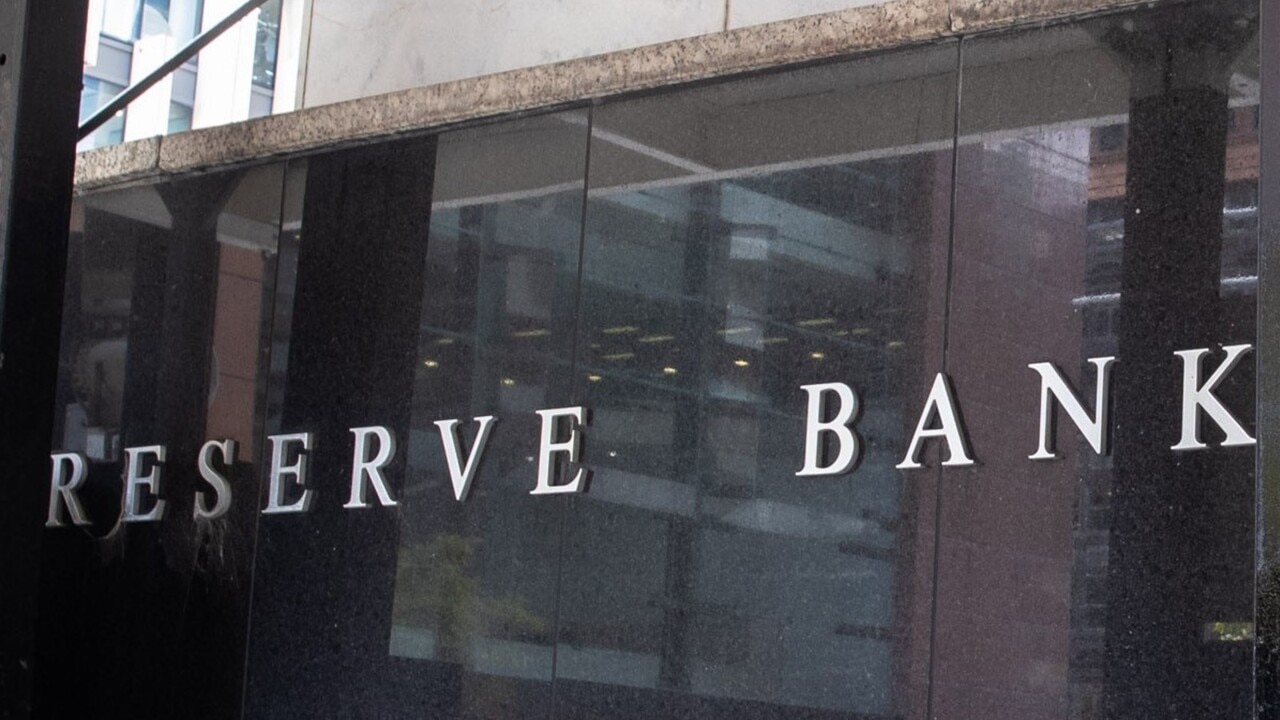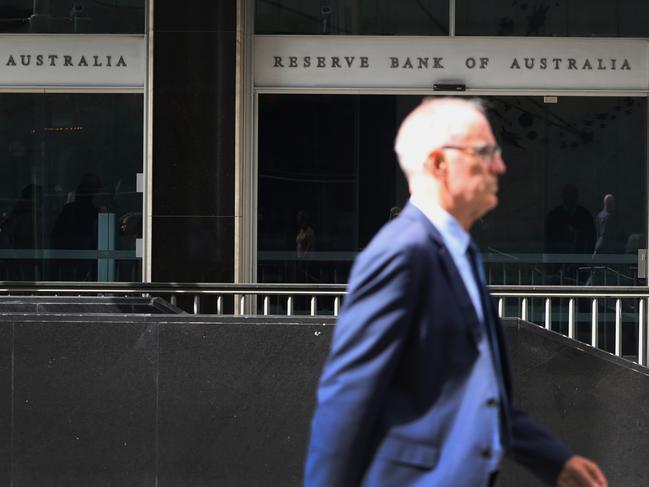Aussies missing mortgage repayments soars, Katoomba the worst performing: S&P Global Ratings
An aggressive run of interest rate hikes are seeing a rising number of households fall behind on their loan repayments, with one state home to the greatest number of struggling borrowers.

The number of people falling behind on their home loan repayments has jumped to a two-year-high and will come under more pressure if the Reserve Bank of Australia hikes again on Tuesday, as many expect.
Mortgage arrears have surged to almost 1 per cent nationally, according to a new report by S&P Global Ratings, and there are fears they may soon eclipse the record high of 1.69 per cent struck in 2012.
Economists are worried last week’s higher-than-expected minimum wage decision will force the RBA to continue lifting its cash rate, starting with a 0.25 percentage point rise on Tuesday. Some, like Deutsche Bank, are now forecasting three more rate rises by September.
A cash rate rise on Tuesday from 3.85 per cent to 4.1 per cent would lift repayments on a typical $500,000 mortgage by $84 a month, and take the total monthly repayment rise since May 2022 to $1217, research group Canstar says.
It would be the RBA’s 12 interest rate increase in just over a year.
Australia’s most expensive housing market — Sydney — had five of the 10 suburbs with the highest percentage of borrowers behind on their mortgage in the March quarter, according to S&P Global Ratings’ RMBS Performance Watch: Australia report.
The Blue Mountains’ suburb of Katoomba had 5.62 per cent of loans in arrears followed by 4.91 per cent in Western Sydney’s Bonnyrigg and the outer Perth suburb of Forrestfield was in third with 4.86 per cent.
PropTrack says the typical dwelling last month in Sydney was $1.019m compared to $797,000 in Melbourne and $725,000 in Brisbane.
The highest loan arrears in Victoria were in West Melbourne at 4.17 per cent, Avoca Dell in South Australia had 4.14 per cent and Barkly in Queensland was 4.01 per cent.
Other areas under stress were Dolls Points, NSW (4.86 per cent); Alpine (4.45 per cent), NSW; Broadmeadows, Vic (4.09 per cent) and Allawah, NSW (3.99 per cent).
Australia’s 30-day prime mortgage arrears rose from 0.76 per cent at the end of 2022 to 0.95 per cent in the March quarter, the S&P report says.
Mortgage arrears were at a historic low of 0.68 per cent in the September 2022 and while it had increased 40 per cent in six months off a low base, March remained slightly below the long-term average of about 1.05 per cent and off the record high of 1.69 per cent in 2012.
S&P Global Structured Finance director Erin Kitson said it was not surprising that outer ring suburbs had the highest pockets of borrowers behind on their repayments.
“First homebuyers are the most impacted by rising interest rates as they generally purchased at the top of the cycle and are significantly leveraged, which makes it hard to refinance,” she said.
“They can generally only afford to buy in outer ring suburbs, where property is considerably cheaper than those well-heeled suburbs.”
The release of the report comes as financial markets have upgraded the chance of a 25 basis point rate hike by the RBA on Tuesday to nearly 34 per cent following an unexpected uptick in monthly inflation data and Fair Work’s record wage hike.
Deutsche Bank economist Phil O’Donaghoe said the RBA’s task of getting inflation back in control was complicated by the resilience in household spending, a rebound in property prices and “a minimum wage decision that leaves material upside risks to wage growth”, he said.
“Multiple rate hikes now look likely to be delivered before the end of this year. For us, the only open question is when.”
He expects three more rate hikes starting from Tuesday to a peak of 4.6 per cent compared to his previous forecast of 4.1 per cent by August.
The Reserve Bank started its tightening cycle in May 2022 when it lifted the cash by 25 basis points from a record-low level of 0.1 per cent. That period has seen 375bps worth of hikes to 3.85 per cent, with many economists forecasting a further 50bps before the peak.

Ms Kitson said S&P Global expected the loan arrears would continue to head northwards for as long as the RBA continued to lift interest rates.
“While the results are on par with long-term averages, they have risen significantly from a very low base. Households have had big savings buffers which have delayed the pain, but that has dwindled as cost-of-living pressures mount,” she said.
Nonconforming arrears hit 3.7 per cent in March, up from 3.2 per cent in December 2022. Refinancing conditions have tempered arrears, with many households finding it harder to switch to lower mortgage rates as a result of equity in their homes falling.
S&P Global said that this was likely to add to arrears pressure because refinancing was a common way for borrowers to self-manage their way out of financial stress.
PropTrack’s latest Home Price Index released last week revealed prices nationally rose 0.33 per cent through May, led by capital city markets. It continues a rising trend that has been set over the past five months, taking prices 1.55 per cent higher than the market’s December low point.
AMP chief economist Shane Oliver said rising home values were concern for the Reserve Bank.
“The rebound in home prices could itself spur the RBA to raise interest rates more than it otherwise would have done because rising home prices could drive a positive wealth effect offsetting its efforts to try and slow consumer spending down,” he said.
Dr Oliver said no matter how many more rate rises were coming, he expected to see “more increases in arrears regardless” and they could hit a new record high.
“The fixed-rate market will revert to variable rates, and even if rates stay at these levels we are going to see a slowing economy, which will see some people become unemployed,” he said.
“Every time we jack up rates we have a higher risk of recession.
“I think the economic situation facing Australia is very difficult – in some ways it’s comparable to the recession we had in the 1990s.”
Meanwhile, mortgage stress has surged to its highest level in 15 years, according to new research by Roy Morgan.
It says 1.38 million mortgage holders are now “at risk”, slightly below the 1.4 million figure reached in August 2008 in the midst of the global financial crisis.
Roy Morgan CEO Michelle Levine said a Reserve Bank interest rate rise in June would push at-risk numbers above 2008 levels.
“There is a fair chance interest rates increase in June by 0.25 per cent and perhaps in July as well by 0.25 per cent,” Ms Levine said.
She said interest rates were just one variable impacting mortgage stress. Household income was the key variable and that was directly related to employment.
“If there is a sharp rise in unemployment mortgage stress is set to rise towards the record high of 35.6 per cent of mortgage holders considered at risk in May 2008 during the Global Financial Crisis,” Ms Levine said.
Roy Morgan defines “at risk” borrowers as those paying a certain proportion of their after-tax income into their home loan, between 25 and 45 per cent depending on income and spending.





To join the conversation, please log in. Don't have an account? Register
Join the conversation, you are commenting as Logout